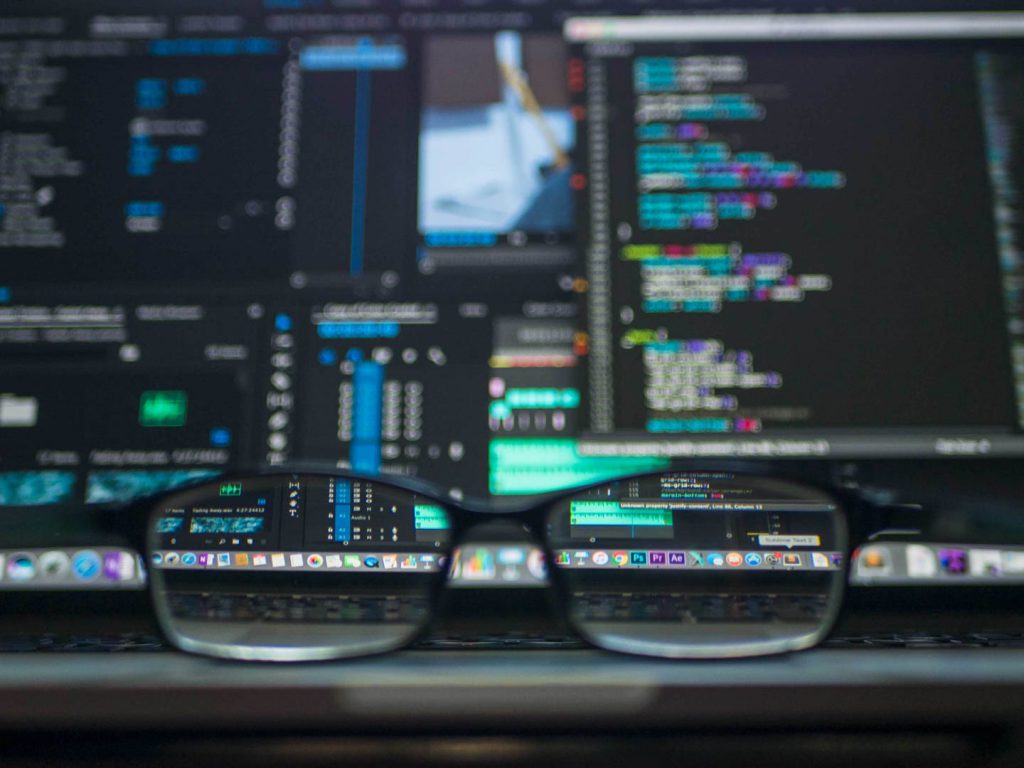We are focused on giving you in depth and current info on world currencies using data from the past and present as well as insights on future markets. We also delve into all things money from emerging currency such as cryptocurrency or keeping tabs on your income such as the walmart paystub service.
How Exchange Rates Work
Forex which is trading currency in different markets, became the method most predominantly used for investing due to market potential. The US dollar accounts for 87% of the Forex market’s daily turnover making it the world’s current most-traded currency with the Euro in second place accounting for about 33% of the daily Forex transactions.
There are many other evolving markets and currencies emerging around the world each with their own new and exciting developments. We know that the future of the global economy is going to be even more volatile in relation to currencies with new disruptive technologies such as blockchain, giving rise to new cryptocurrencies outside of standard government created FIAT currency.

With this new volatility and uncertainty we have created this website to help guide you through the maze of options and opportunities that are available to you within as many money markets as possible.
While we do not offer stock or investment recommendations, our primary goal is to provide our readers with as much viable and current info as possible. We are committed to providing you with as much useful and relevant information to help you understand how to bank trade and invest with established money forms as well as keeping you up to date with new developments in how people exchange value in our ever changing global economy and money markets.
Currencies By Country
Have you ever considered how many currencies there are around the world? Have a look at our currencies by Country section where we provide you with a comprehensive list and detailed information on each of the world’s current official national currencies
Breaking Down Currency: What Is It?
Currency is money that is created, manufactured, and circulated by a government as a form of payment for acquiring goods and services. Currency is circulated in the form of paper notes and coins and is used to transact in trading agreements.
All countries circulate their own form of currency. For example, Australia has the Australian Dollar, Japan has the Japanese Yen, China has the Renminbi, India has the Rupee, and Canada has the Canadian Dollar.
The Euro is an exception as it is the currency of the majority of the countries that comprise the Eurozone.
An interesting bit of trivia about currencies is that the material it is made of has no value. For example, the paper used to make bank notes is worthless. Thus, the value of the currency is not determined by the material but by market forces when it is exchanged.
There have also been instances where a country would declare another country’s currency as its own medium of exchange. As a good example, the countries of Ecuador and El Salvador have authorized the United States Dollar as its official legal tender. In 1792, the year the U.S. Mint was established, Americans preferred to use Spanish coins as legal tender as these weighed more.
Cryptocurrencies And Branded Currencies
How about online currencies? What makes them different? Litecoin and Bitcoin are examples of cryptocurrencies. Unlike regular coins and paper money, cryptocurrencies are not associated with a specific country. Digital currencies operate in an unregulated industry. The exchange rate can change without much notice.
The Central Bank: Governing Monetary Policy Of A Country
In contrast, credit card points, in-game credits, and airline credit points are considered “branded currencies”. The value of this type of currency is tied in with the value of the goods and services they represent.
The governing body tasked with the issuance and circulation of currency is called the Central Bank. Many countries have their own Central Bank. In the United States, the Central Bank is called the Federal Reserve. In Germany, it is called the Bundesbank.
The Central Bank can also circulate currencies as fractional units especially the coins. The norm is 1,100th but the value can be reduced to 1/1000th of the main currency unit.
The foreign exchange market is where currencies are traded. It is high in volume and quite volatile. The rate in which 2 currencies are traded versus the other is called the exchange rate.
Types Of Currencies
There are 2 types of exchange rates: fixed and floating. A fixed exchange rate is when the value of the currency is pegged to another form of currency such as a currency basket of gold.
A floating currency exchange rate is where the value of a currency is determined by market forces against the value of another currency.
Fully convertible currencies are those currencies that can be exchanged without any imposed artificial value or significant restriction. These are the currencies that you can openly exchange at a bank. Meanwhile, the U.S. Dollar is an example of a currency that can be traded in the money market for another type of currency.
Central banks also work to protect the economy from the inflows of hot money and at the same time moderate the entry of foreign investments. These currencies are referred to as partially convertible currencies.
There are also currencies that cannot be traded in the foreign exchange market and therefore, cannot be converted. These types of currencies are called non-convertible currencies.